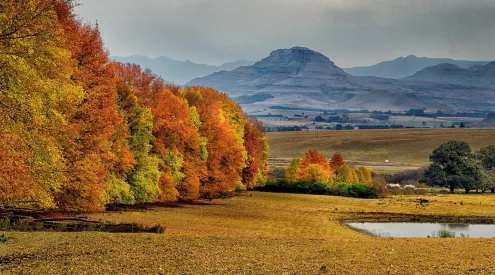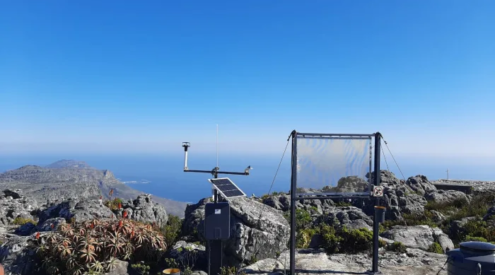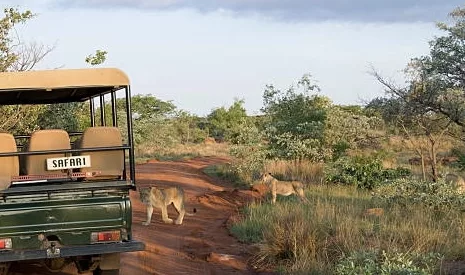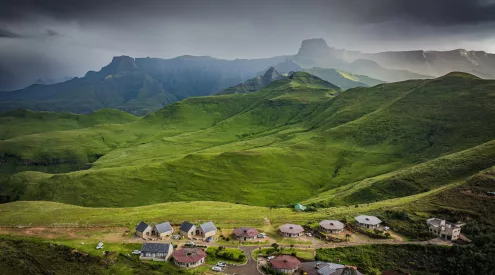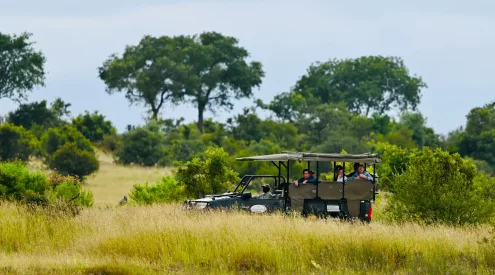A combined effort from experts across the United Kingdom has seen hundreds of large blue butterflies emerge this summer after they reintroduced 1,100 larvae to Rodborough Common in Gloucestershire, southwest England last year.
Conservationists from the National Trust, Butterfly Conservation, the Limestone’s Living Legacies Back from the Brink project, Natural England, Royal Entomological Society and the Minchinhampton and Rodborough Committees of Commoners spent five years preparing the area for the butterflies, reports CNN.
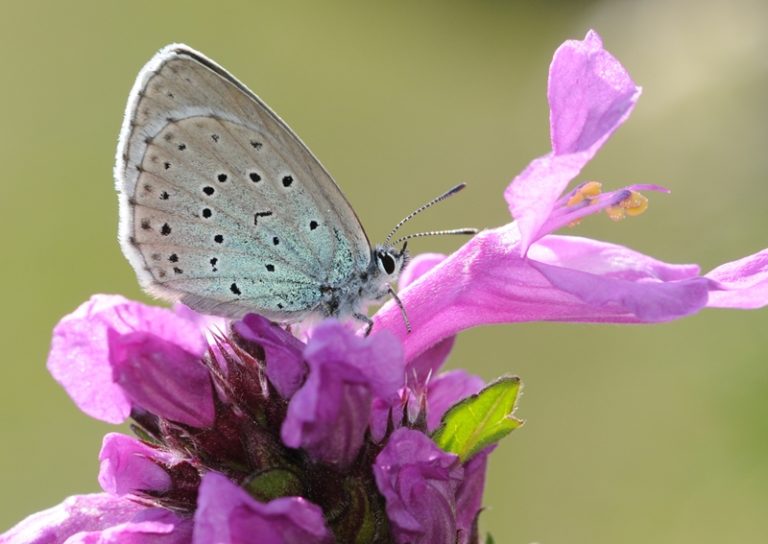
This species can be distinguished by its unique speckled black dots on its blue wings.
These insects were declared extinct in Britain in 1979 and have not been present in Rodborough for 150 years. Caterpillars were brought in from Sweden in a painstaking process for the conservation project, according to The Guardian.
‘Butterflies are such sensitive creatures, and with the large blue’s particular requirements they are real barometers for what is happening with our environment and the changing climate,’ Richard Evans, area ranger for Rodborough Commons, said in a statement.
‘Creating the right conditions for this globally endangered butterfly to not only survive but to hopefully thrive has been the culmination of many years work.’
‘One of the greatest legacies of the re-introduction is the power of working together to reverse the decline of threatened species and the benefit the habitat improvements will have for other plants, insects, birds and bats on the commons,” he added
The large blue is classified as ‘near threatened’ on the IUCN Red List of Threatened Species. This species can be distinguished by its unique speckled black dots on its blue wings.
Image credit: Wikimedia Commons

